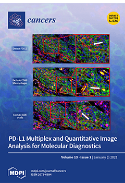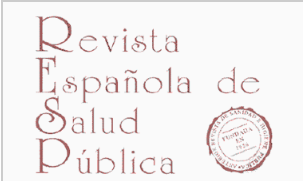Acción Comunitaria para ganar Salud
Guía Acción Comunitaria para ganar Salud…o cómo trabajar en común para mejorar las condiciones de vida Coordinación institucional: Ministerio de Sanidad. Dirección General de Salud Pública. Subdirección General de Promoción, Prevención y Calidad Coordinación técnica: Mariano Hernán García. Escuela Andaluza de Salud Pública Jara Cubillo Llanes. Ministerio de Sanidad ¿A quién se dirige esta guía?…












